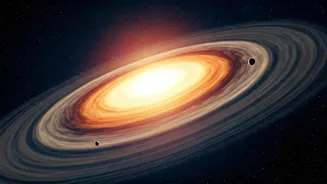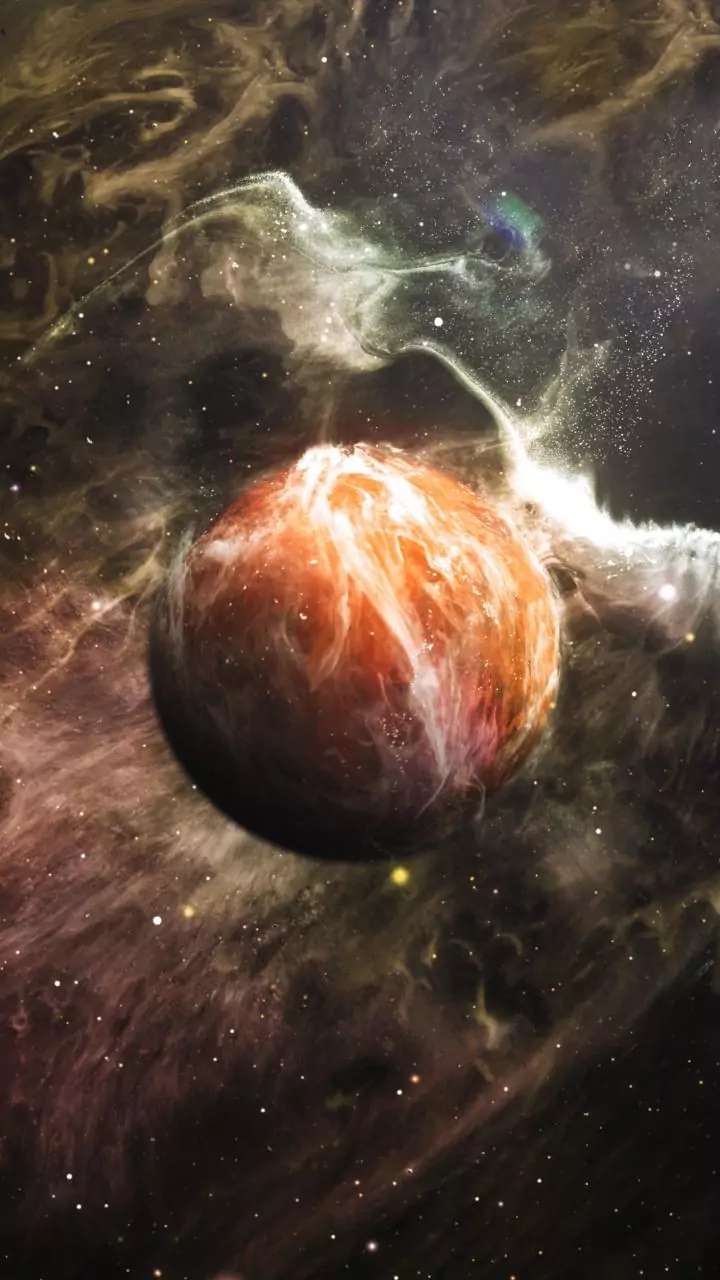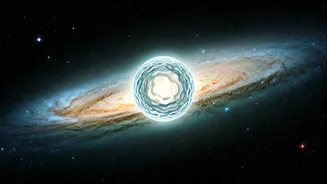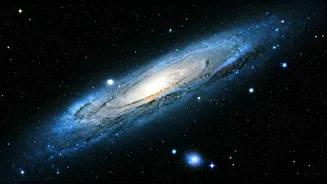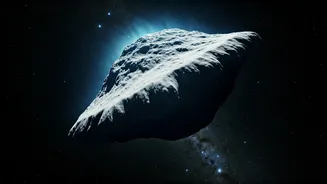Distant Planetary Systems
The James Webb Space Telescope (JWST) is giving scientists extraordinary views of distant star systems where planets are actively taking shape. Recent
studies, facilitated by JWST, have centered on a star system, providing detailed insights into how planets are formed. These observations are a leap forward, allowing astronomers to see the structures and mechanisms involved in planetary formation with remarkable clarity. By using JWST, researchers can discern features within these systems that were previously invisible, providing a deeper comprehension of the processes that create planets.
Challenging Existing Theories
The findings from JWST are not just about seeing new details; they're also challenging some of the established theories in astrophysics. The high-resolution data is helping researchers re-evaluate existing models of planet formation, pushing them to consider new possibilities. The telescope's observations are suggesting a need to refine current understandings of the environments surrounding young stars, and how these conditions influence the development of planets. These fresh perspectives will drive further research, potentially leading to more accurate models of planet formation.
Unprecedented Details Revealed
JWST’s ability to gather data is unparalleled, making it a critical tool for observing planetary systems. The telescope is able to discern fine details in these systems, including the composition and distribution of dust and gas. These insights are essential for understanding the building blocks of planets and the physical processes that shape them. The level of detail provided by JWST enables astronomers to make more accurate assessments of planet formation, providing data that can validate or refute prior hypotheses.
Implications for Exoplanets
The data gleaned from JWST’s observations have significant implications for the study of exoplanets – planets located outside of our solar system. Understanding the conditions necessary for planet formation in other star systems gives scientists context when studying exoplanets. The insights on the composition of the planetary construction materials help astronomers in their search for habitable environments beyond Earth. The research may potentially affect our comprehension of life in the universe, by offering better information about where life could exist.
Looking Ahead
The James Webb Space Telescope's work on planetary systems is far from over. Further analysis and upcoming observations are expected to deliver even more insight into the intricacies of planet formation. Scientists will continue to use the data to validate current theories and formulate new ideas. The information being acquired is pivotal to advancements in astronomy and astrophysics, guiding the direction of research and enhancing understanding of celestial mechanics. Ongoing observations will keep providing answers and inspire further investigation.
